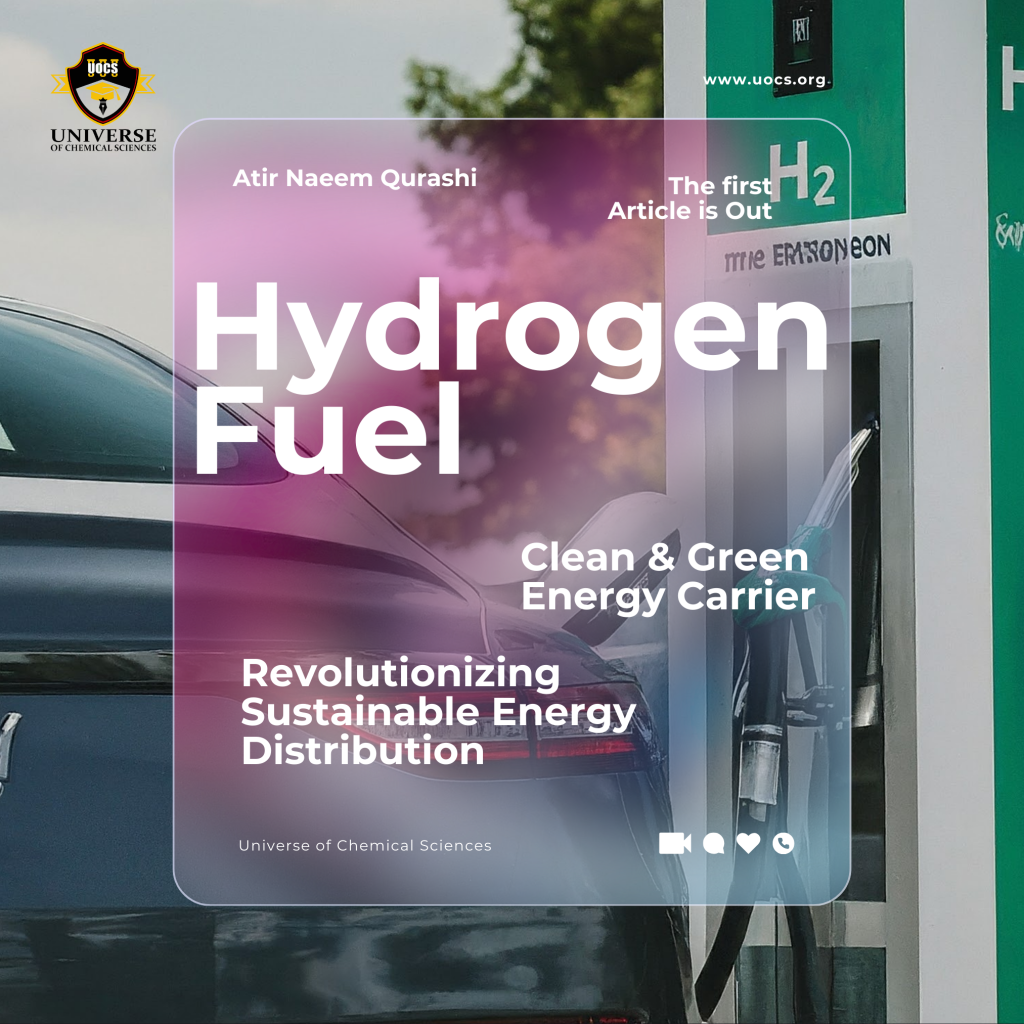Introduction to Hydrogen Fuel & Technology
In the pursuit of combating climate change and transitioning towards a sustainable energy future, hydrogen fuel has emerged as a promising solution. As a clean and green energy carrier, hydrogen has the potential to revolutionize energy distribution across various sectors. This blog explores the transformative capabilities of hydrogen fuel and its role in driving sustainable energy distribution.
Fundamentals of Hydrogen Fuel
Hydrogen fuel, often referred to as the “fuel of the future,” is a versatile energy carrier derived from hydrogen gas (H2). Unlike conventional fossil fuels, such as coal and oil, hydrogen fuel produces only water vapor and heat when consumed, making it a clean and environmentally friendly energy source. Its abundance and renewability further enhance its appeal as a sustainable energy option.
Hydrogen, being the most prevalent element in the universe and existing in nearly unlimited quantities on Earth, serves as a fundamental building block of life. Found primarily in chemical compounds, hydrogen manifests as an invisible, odorless, and non-toxic gas, lighter than air and liquefying only at extremely low temperatures. Despite its simplicity—it comprises just one proton and one electron. However, it typically exists in compounds rather than in its pure form and necessitates production from such compounds. Its combustion or utilization in fuel cells results in the production of water, showcasing its emission-free nature—a pivotal characteristic driving its candidacy as a key component in the transition to a low-carbon economy. Thus, with hydrogen, the vision of achieving a sustainable future becomes within reach.
Hydrogen serves as a secondary source of energy, acting as a vital medium for storing and transporting energy generated from various resources such as fossil fuels, water, and biomass.
As a clean fuel, hydrogen, when consumed in a fuel cell, produces only water, making it an environmentally friendly option. It can be sourced from a diverse range of domestic resources including natural gas reforming, electrolysis, solar-driven, and biological processes. These attributes render it an attractive option for powering transportation and electricity generation, finding utility in vehicles, homes, portable devices, and numerous other applications.
Recognized across industries spanning electricity, logistics, mobility, and infrastructure, the imperative to achieve ambitious climate targets underscores the need for sustainable energy sources everywhere. Hydrogen, deemed the energy carrier of the future, holds significant potential for supporting effective decarbonization efforts. Particularly, green hydrogen, possessing the requisite properties for efficient integration and utilization of energy from renewable sources like wind and solar power, emerges as a promising solution.
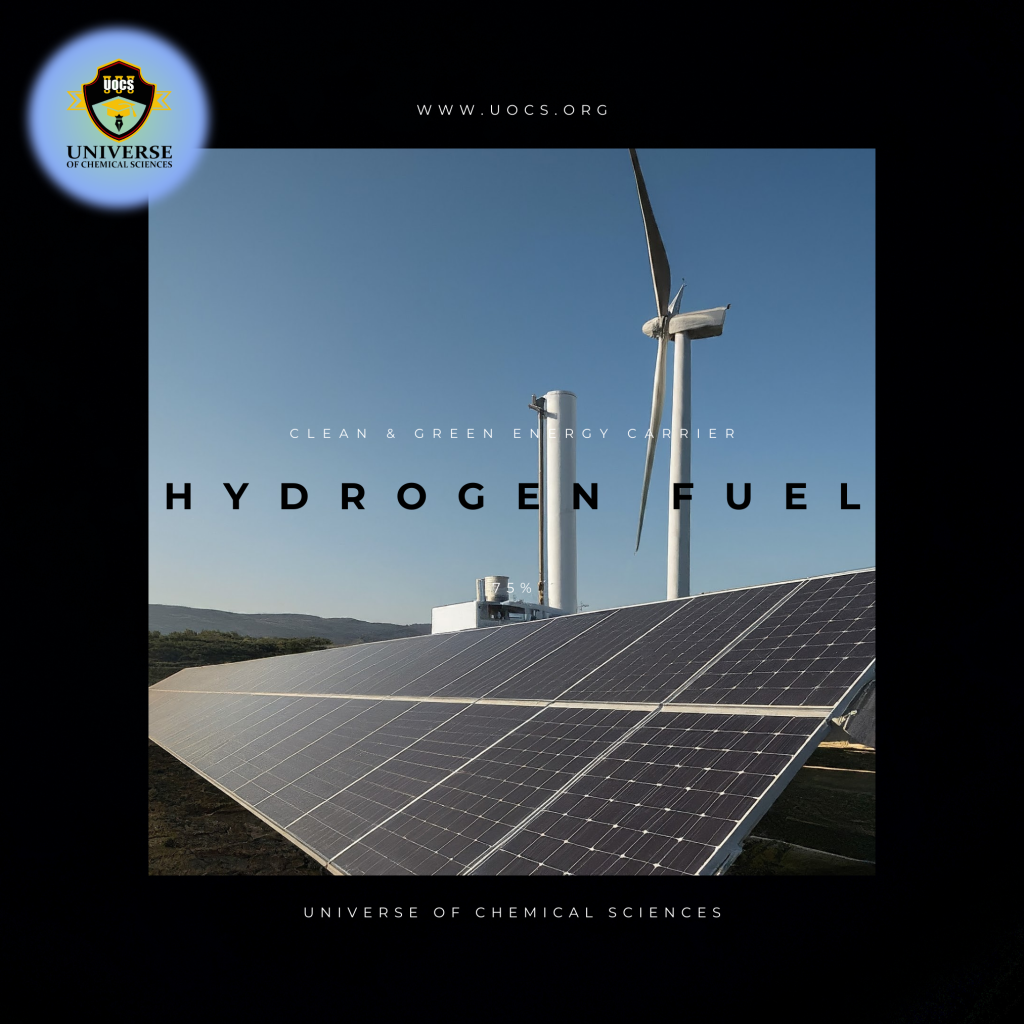
Exploring the Potential of Green Hydrogen: A Versatile Energy Carrier
In various sectors spanning industry, electricity, logistics, mobility, and infrastructure, the pursuit of ambitious climate targets necessitates the adoption of sustainable energy sources on a widespread scale. Hydrogen emerges as a key contender, regarded as the energy carrier of the future with the potential to significantly aid decarbonization efforts. Of particular note is green hydrogen, possessing attributes essential for effective energy storage and integration from renewable sources like wind and solar power.
Given that hydrogen is primarily derived from other energy sources rather than occurring naturally, it assumes the role of an energy carrier. As a clean-burning fuel, hydrogen, when combined with oxygen in a fuel cell, generates heat and electricity, with water vapor as the sole by-product.
Hydrogen production can be achieved directly from fossil fuels or biomass, or through electrolysis—passing electricity through water to separate its constituent components. Notably, hydrogen can be sourced from a diverse array of domestic resources. While the majority of hydrogen is currently derived from fossil fuels, electricity from renewable sources is also utilized in its production. Looking ahead, advancements in technology are anticipated to make alternative production methods, such as solar energy and biomass, more economically viable.
Envisioned as a cornerstone of a prospective “hydrogen economy,” hydrogen production entails sourcing from various energy inputs, storage for future utilization, distribution to requisite locations, and subsequent conversion into heat and electricity in an environmentally friendly manner.
Presently, hydrogen production predominantly relies on steam reforming of natural gas. However, the finite nature and escalating costs of natural gas, coupled with its contribution to the greenhouse effect due to carbon dioxide emissions during reformation, underscore the need for alternative approaches. Challenges persist in hydrogen storage and transportation, given its high energy density but low volumetric energy content. Additionally, fuel cell technology, while promising, remains in the nascent stages, requiring enhancements in efficiency and durability to realize its full potential.
Hydrogen serves as an energy carrier rather than a direct energy source, capable of storing and delivering vast amounts of energy. It can power fuel cells to produce electricity, as well as provide power and heat. Presently, hydrogen finds widespread use in petroleum refining and fertilizer production, with emerging markets in transportation and utilities.
Promoting the Global Adoption of Green Hydrogen: Making the Hydrogen Economy a Reality
i. Why is Hydrogen Important?
Hydrogen stands out as a versatile energy carrier with the potential to address numerous critical energy challenges. Presently, its primary applications lie within the refining and chemical sectors, predominantly sourced from fossil fuels like coal and natural gas. However, this reliance on fossil fuels translates to substantial annual CO2 emissions.
ii. What Role Does it Play in Clean Energy Transitions?
Clean hydrogen, produced using renewable or nuclear energy, or through fossil fuels with carbon capture, holds the promise of decarbonizing various sectors. These include long-haul transport, chemicals, and industries such as iron and steel, where emissions reduction has proven challenging. Adoption of hydrogen-powered vehicles not only enhances air quality but also bolsters energy security. Moreover, hydrogen facilitates the integration of variable renewables into the electricity grid, serving as one of the few viable options for long-term energy storage.
iii. Where Do We Stand and Where Do We Need to Go?
The global momentum behind hydrogen is robust, underscored by the release of national strategies by nine countries covering approximately 30% of global energy sector emissions between 2021-2022. However, urgent action is imperative to stimulate demand for low-emission hydrogen, incentivize investment, and accelerate the scale-up of production. This necessitates driving down the costs associated with key technologies like electrolysers, fuel cells, and hydrogen production with carbon capture.
iv. Global Promotion of Green Hydrogen
The advocacy for green hydrogen transcends borders, emphasizing its production from renewable energy sources in an environmentally sustainable manner. Major industrial nations have long recognized its potential, investing billions of dollars across the entire hydrogen value chain—from production to storage, transportation, and diverse applications. While some countries are further along in this journey, others are just embarking on it. Nonetheless, the nascent hydrogen market presents a wealth of opportunities for all stakeholders, albeit accompanied by shared challenges that require collective efforts to overcome.
Hydrogen Production: Various Pathways
To produce pure hydrogen, several methods are employed to separate it from oxygen, utilizing chemical, electrical, thermal, or solar energy. One such method is electrolysis, which involves splitting water molecules into hydrogen and oxygen. When powered by energy from renewable sources, this process yields “green” hydrogen. This green hydrogen offers the advantage of storing surplus renewable energy and producing a completely climate-neutral fuel. Essentially, wherever there is water and renewable energy sources such as wind and solar power, green hydrogen can be produced.
Hydrogen functions not as a direct energy source but as a carrier that stores energy and facilitates its transport, distribution, and utilization. Hence, it is classified as a form of secondary energy, as its production methods rely on primary energy sources.
Another prevalent method for hydrogen production is steam methane reforming, a high-temperature process where steam reacts with a hydrocarbon fuel to generate hydrogen.
Additionally, water can be subjected to electrolysis, a process conducted in an electrolyzer that separates water molecules into oxygen and hydrogen. This process is akin to a fuel cell operating in reverse, as it produces hydrogen from water molecules.
Biological processes offer an alternative route to hydrogen production, utilizing microbes such as bacteria and microalgae. These microbes consume plant material and produce hydrogen gas through biological reactions.
Harnessing sunlight presents yet another avenue for hydrogen production. Various methods, including photobiological, photoelectrochemical, photovoltaic-driven electrolysis, and solar thermochemical processes, utilize solar energy to produce hydrogen.
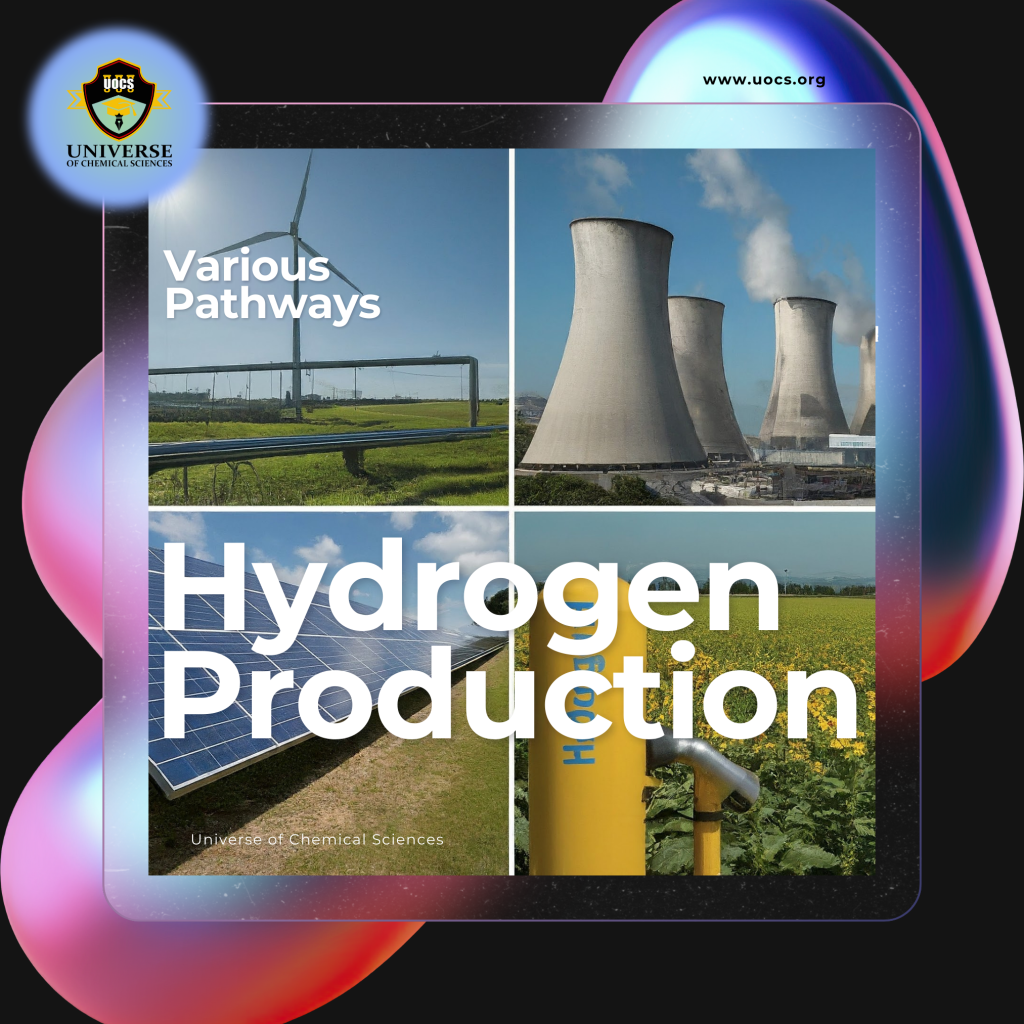
i. Thermal Processes for Hydrogen Production
In the realm of hydrogen production, thermal processes are conventionally characterized by steam reforming, a high-temperature procedure wherein steam undergoes a reaction with a hydrocarbon fuel to yield hydrogen. A diverse array of hydrocarbon fuels, encompassing natural gas, diesel, renewable liquid fuels, gasified coal, and gasified biomass, are amenable to reformative processes for hydrogen generation. Presently, steam reforming of natural gas predominates as the principal method, constituting approximately 95% of global hydrogen production.
Also read about:
ii. Electrolytic Processes for Hydrogen Production
The division of water into its constituent elements, oxygen and hydrogen, can be achieved via a phenomenon known as electrolysis. Electrolytic mechanisms transpire within an electrolyzer, operating in a manner akin to the inverse functioning of a fuel cell. Whereas a fuel cell harnesses the energy derived from hydrogen molecules, an electrolyzer facilitates the generation of hydrogen from water molecules.
Also read about electrolytic hydrogen production.
iii. Solar-Driven Processes for Hydrogen Production
Solar-driven methodologies harness light energy as the principal catalyst for hydrogen generation. This category encompasses several distinct processes, including photobiological, photoelectrochemical, and solar thermochemical approaches. Photobiological techniques leverage the inherent photosynthetic capabilities of bacteria and green algae to effect hydrogen production. Conversely, photoelectrochemical methodologies rely on specialized semiconductors to facilitate the decomposition of water into its constituent elements, hydrogen and oxygen. Solar thermochemical processes utilize concentrated solar power to drive water-splitting reactions, often in conjunction with additional species such as metal oxides.
Also read about photobiological processes, solar thermochemical processes, and photoelectrochemical processes.
iv. Biological Processes for Hydrogen Production
Biological mechanisms enlist microorganisms such as bacteria and microalgae to effect hydrogen generation via biochemical reactions. Within microbial biomass conversion, these microorganisms catalyze the decomposition of organic substrates such as biomass or wastewater, yielding hydrogen as a byproduct. Conversely, photobiological processes exploit sunlight as the primary energy source for microbial activities aimed at hydrogen production.
Also read about biological hydrogen production from microbial biomass conversion and photobiological processes.
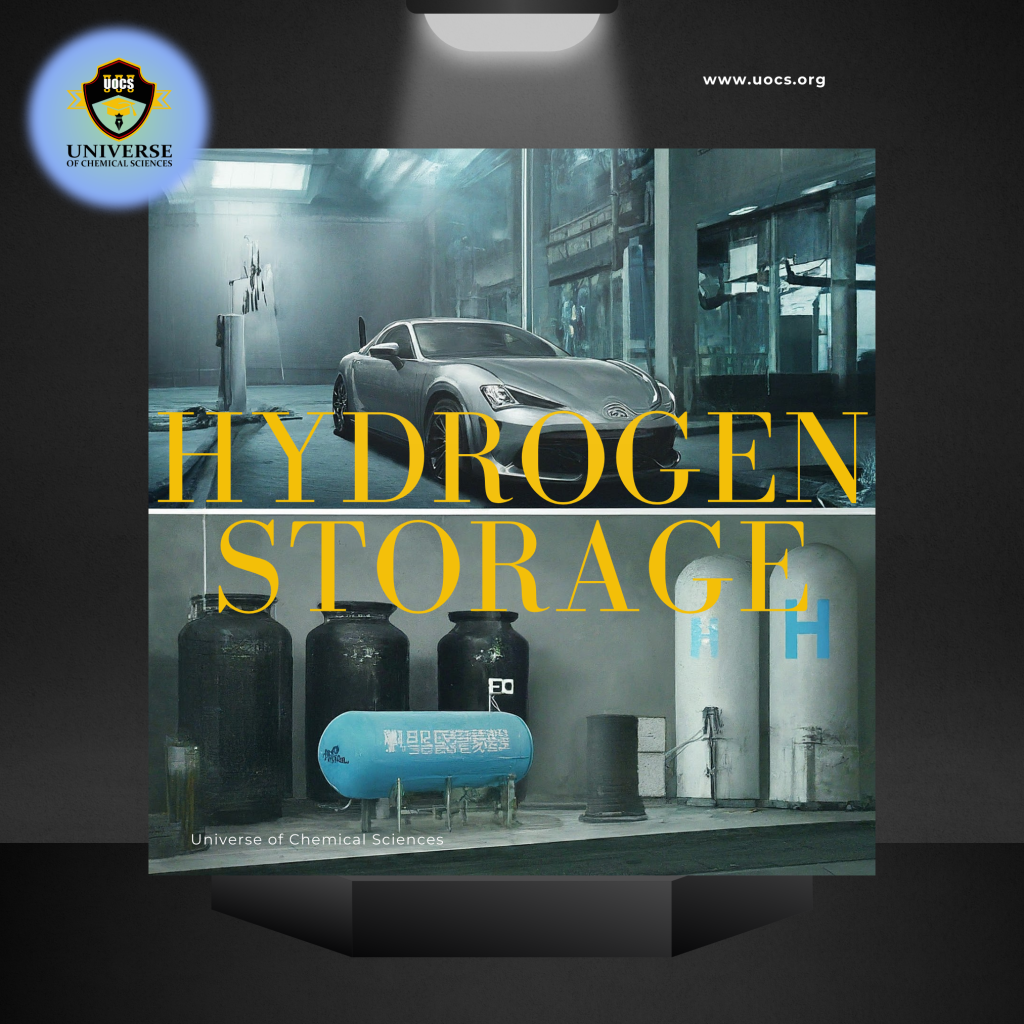
Hydrogen Storage
Hydrogen storage stands as a pivotal technology driving the progress of hydrogen and fuel cell applications across diverse sectors such as stationary power, portable power, and transportation. Although hydrogen boasts the highest energy per mass of any fuel, its low ambient temperature density poses challenges, necessitating the exploration of advanced storage methods capable of achieving higher energy density.
Various techniques have been developed for hydrogen storage. Mechanical approaches involve leveraging high pressures and low temperatures, while chemical compounds capable of releasing H2 upon demand represent another avenue. Despite significant hydrogen production by various industries, a substantial portion is typically consumed onsite, particularly in processes like ammonia synthesis.
For many years, hydrogen has been stored and transported as either compressed gas or cryogenic liquid, housed within cylinders, tubes, and cryogenic tanks. These storage and transportation methods find applications in both industrial settings and space programs, facilitating the utilization of hydrogen as an industrial feedstock and propulsion fuel.
Usage and Applications of Hydrogen Fuel
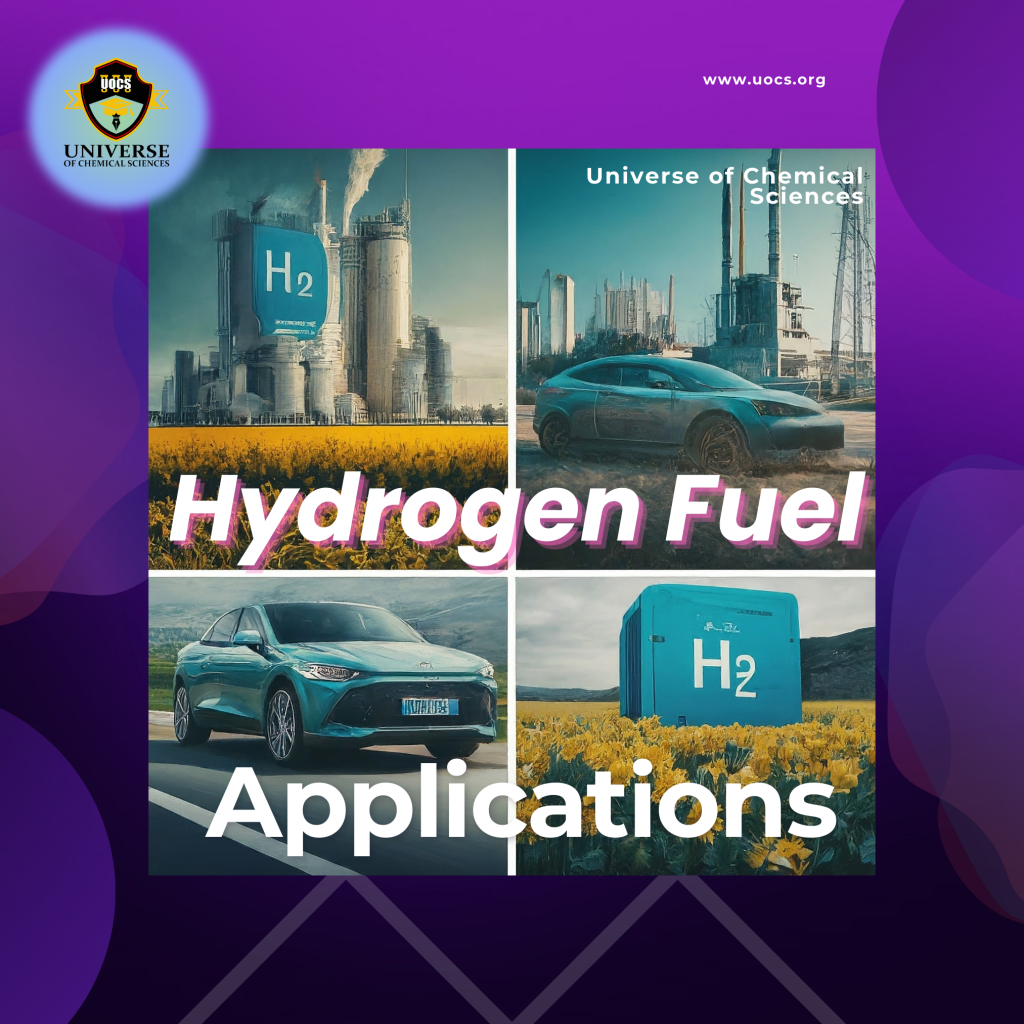
Hydrogen serves as a clean fuel that, when utilized in fuel cells, generates only water, electricity, and heat. Its versatility extends across various sectors, including transportation, commercial, industrial, residential, and portable applications. Hydrogen and fuel cells offer a spectrum of uses, ranging from distributed or combined-heat-and-power systems to backup power solutions, renewable energy storage, portable power sources, and auxiliary power for vehicles such as trucks, aircraft, rail, and ships.
Moreover, due to their high efficiency and near-zero emissions operation, hydrogen and fuel cells hold the potential to significantly mitigate greenhouse gas emissions across different applications. Studies funded by the Energy Department indicate notable reductions in emissions across various sectors:
– Light-duty highway vehicles: 50% to over 90% reduction compared to current gasoline vehicles.
– Specialty vehicles: Over 35% reduction compared to current diesel and battery-powered lift trucks.
– Transit buses: Demonstrated fuel economies surpassing diesel internal combustion engine (ICE) buses by approximately 1.5 times and natural gas ICE buses by around 2 times.
– Auxiliary power units (APUs): Over 60% reduction in emissions compared to truck engine idling.
– Combined heat and power (CHP) systems: 35% to over 50% reduction compared to conventional heat and power sources, with even greater reductions (over 80%) achievable when utilizing biogas or hydrogen from low- or zero-carbon sources.
However, a significant challenge in hydrogen production, particularly from renewable resources, lies in delivering hydrogen at a lower cost. For hydrogen to be viable as a transportation fuel, it must compete with conventional fuels and technologies on a per-mile basis, necessitating a cost of less than $4 per gallon gasoline equivalent. Efforts to reduce hydrogen cost are focused on enhancing the efficiency and lifespan of production technologies, as well as decreasing the expenses associated with capital equipment, operations, and maintenance.
Source: energy.gov
Opportunities with Hydrogen as an Energy Carrier
Hydrogen, functioning as an energy carrier, presents diverse opportunities across multiple sectors:
- The gas industry stands to benefit as producers, infrastructure operators, and suppliers.
- Industries, serving as both consumers and producers of industrial equipment, fuel cells, and hydrogen technology, find potential avenues for growth.
- The mobility sector can leverage hydrogen’s capabilities as a user in the journey towards economically and environmentally sustainable transportation.
- Both the commercial sector and private end users hold promise for harnessing the potential of hydrogen in various applications.
Sustainable Advantages of Hydrogen
When comparing hydrogen to fossil fuels and even certain other renewable energy sources, it becomes evident that hydrogen offers notable sustainable benefits, particularly when considering its advantages across the entire value chain.
- Zero Emissions: Hydrogen fuel combustion results in zero emissions of greenhouse gases and pollutants, contributing to cleaner air and mitigating climate change.
- High Energy Density: Hydrogen possesses the highest energy per mass of any fuel, making it an efficient and effective energy carrier for various applications.
- Versatility: Hydrogen fuel can be used across a wide range of sectors, including transportation, industrial processes, power generation, and residential heating.
- Renewable Sources: Hydrogen can be produced from renewable sources such as solar, wind, and biomass, further enhancing its sustainability credentials.
- Production: Depending on the production process employed, hydrogen production can exhibit significant environmental friendliness, making a substantial contribution to combating climate change.
- Storage: In contrast to wind and solar energy, hydrogen possesses the unique ability to be stored, ensuring availability regardless of weather conditions.
- Transport: Hydrogen can be efficiently transported over long distances to distribution points via gas pipelines or road tank trucks, enhancing its accessibility and usability.
- Use: Hydrogen finds versatile applications, ranging from supplying electricity and heat to industrial plants and private residences to serving as a carbon-neutral fuel for various modes of transportation, including road, rail, and maritime vehicles. Its adaptability as an energy carrier enables a myriad of sustainable solutions across different sectors.
Questions & Answers:
Q1-What are the examples of hydrogen fuel?
Answer: Examples of hydrogen fuel include hydrogen gas (H2), hydrogen-rich liquid fuels like ammonia (NH3), and hydrogen stored in metal hydrides or carbon-based materials.
Q2- What are hydrogen fuels used for?
Answer: Hydrogen fuels are used for various purposes, including powering fuel cells for vehicles, generating electricity, providing heat for industrial processes, and serving as a feedstock for chemical production.
Q3-Why is hydrogen fuel not widely used?
Answer: Hydrogen fuel faces few challenges such as high production costs, limited infrastructure, and safety concerns, which hinder its widespread adoption. It’s a new technology, currently in its R&D stage. Soon its established by incorporating standards and policies, it will be utilized almost all over the globe.
Q4-What are the different hydrogen fuels?
Answer: The different types of hydrogen fuels include:
- Hydrogen Gas (H2): Pure hydrogen gas is the most common form of hydrogen fuel, used in fuel cells for various applications such as vehicles, electricity generation, and industrial processes.
- Liquid Hydrogen (LH2): Hydrogen can be liquefied at very low temperatures (below -253°C or -423°F) to form liquid hydrogen. This form of hydrogen fuel is used for long-term storage and transportation.
- Ammonia (NH3): Ammonia is a hydrogen-rich liquid fuel that can serve as a carrier for hydrogen, making it easier to transport and store hydrogen over long distances. It can be used in fuel cells or converted back into hydrogen when needed.
- Hydrogen Stored in Metal Hydrides: Certain metals, such as titanium or magnesium, can absorb hydrogen gas to form metal hydrides. These metal hydrides can store and release hydrogen as needed, making them useful for portable or stationary hydrogen storage applications.
- Hydrogen Stored in Chemical Hydrides: Chemical hydrides, such as sodium borohydride or lithium aluminum hydride, can also absorb and release hydrogen gas through chemical reactions. They provide another method for storing and releasing hydrogen fuel.
Q5-How is hydrogen fuel made?
Answer: Hydrogen fuel is primarily produced through processes like Thermal Processes: steam methane reforming, Coal gasification, Biomass gasification, Reforming of renewable liquid fuels, electrolysis of water, and others.
Q6-Which country has hydrogen fuel?
Answer: Several countries have initiatives and projects related to hydrogen fuel, but notable examples include Japan, Germany, the United States, South Korea, and China. These countries have invested in hydrogen infrastructure, research, and development to promote the use of hydrogen as a clean energy source.
Resources:
www.nrel.gov
www.iea.org
www.tuv.com

